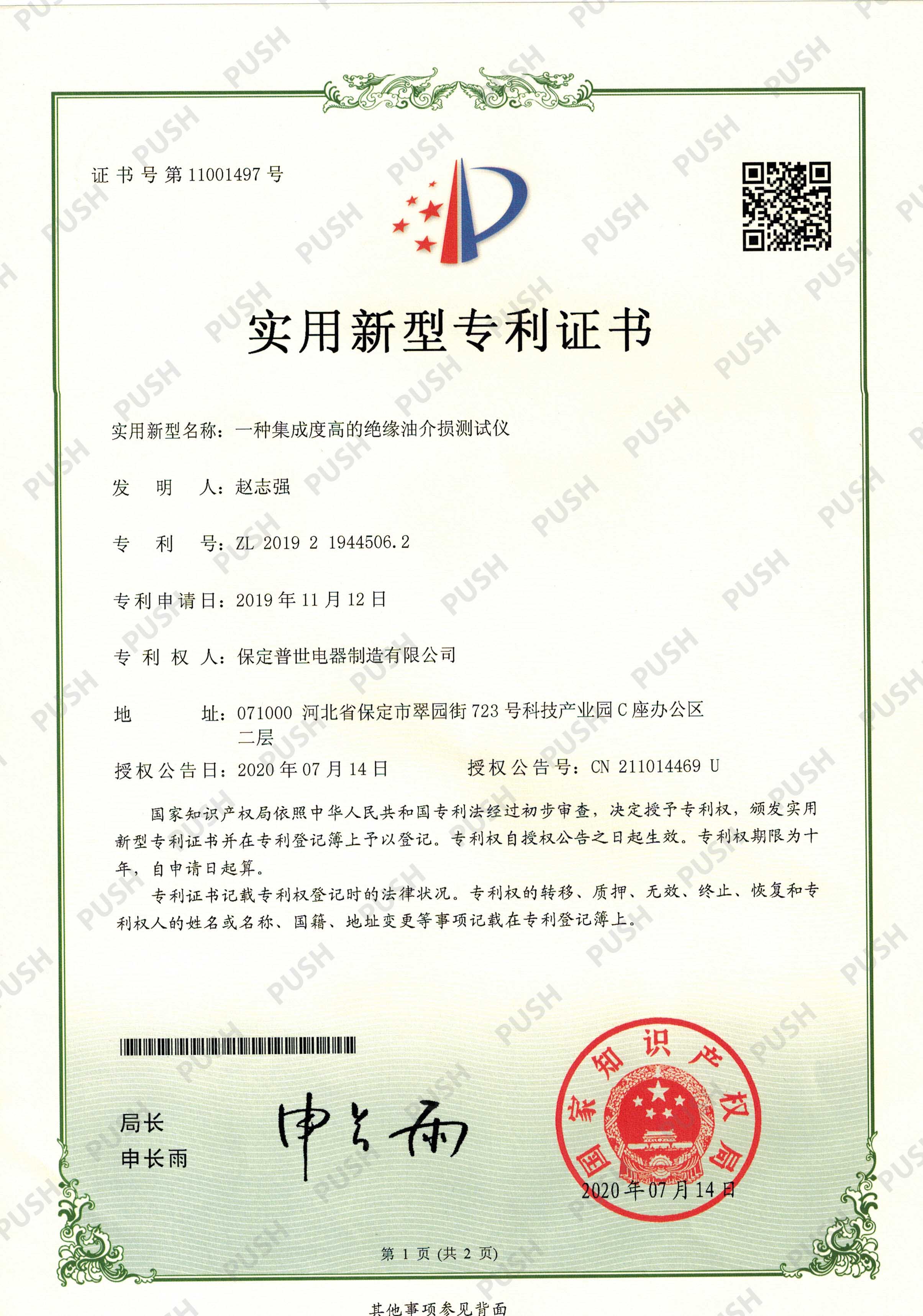 English
English


External Earth Fault Loop Impedance Measurement Techniques for Electrical Systems Testing
Understanding External Earth Fault Loop Impedance Testing
External Earth Fault Loop Impedance (EFLI) testing is a crucial procedure in assessing the safety and reliability of electrical installations. By measuring earth fault loop impedance, technicians can determine whether a circuit's protective devices, such as fuses or circuit breakers, will function correctly in the event of a fault. This testing is vital for ensuring compliance with safety regulations and protecting both property and people from electrical hazards.
What is External Earth Fault Loop Impedance?
EFLI is essentially the total impedance in the earth fault loop, which includes the resistance of the external circuit conductors between the supply source and the earth fault point. In the case of a fault occurring, the current will flow through this loop to the earth. Therefore, understanding this impedance helps in calculating how quickly protective devices will operate in response to a fault. In summary, the lower the loop impedance, the quicker the protective devices will trip, thereby minimizing potential risks.
Conducting an EFLI Test
The testing involves a straightforward procedure, typically performed using specialized test equipment. First, the tester is connected between the live conductors and the earth point at the installation. The device will then inject a small test current, measuring the voltage drop across the loop to calculate the impedance.
When conducting an EFLI test, it is essential to ensure that other circuits and loads are isolated. This is to prevent misleading readings that can occur due to parallel paths. The measurements obtained should be compared against the relevant regulations and standards, such as the IET Wiring Regulations (BS 7671 in the UK), to confirm compliance.
external earth fault loop impedance test

Interpreting Results
The results of the EFLI test provide vital information that can influence safety decisions. A high loop impedance measurement may indicate poor connections, insufficient bonding, or the presence of extra resistive paths that can compromise the earth fault current. This can lead to a situation where circuit breakers might not trip in time, posing significant safety risks.
Conversely, acceptable loop impedance values indicate that the earth fault protection systems are likely to function correctly during fault conditions. Therefore, maintaining adequately low loop impedance values is imperative for the safety of electrical installations.
Conclusion and Importance of Regular Testing
Regular EFLI testing is a fundamental aspect of electrical maintenance. It allows for early detection of potential faults and ensures that the installation can handle earth faults effectively. With increased reliance on electrical systems in modern life, ensuring their safety should be a paramount concern.
Ultimately, EFLI testing not only helps protect individuals from electrical shocks but also prevents damage to equipment and property. By adhering to safety standards and conducting routine tests, electrical professionals can ensure that installations remain safe, reliable, and efficient throughout their operational lifespan. In an age where electrical safety is more important than ever, understanding and implementing effective EFLI testing practices is essential for any responsible electrical engineer or technician.
-
Differences between open cup flash point tester and closed cup flash point testerNewsOct.31,2024
-
The Reliable Load Tap ChangerNewsOct.23,2024
-
The Essential Guide to Hipot TestersNewsOct.23,2024
-
The Digital Insulation TesterNewsOct.23,2024
-
The Best Earth Loop Impedance Tester for SaleNewsOct.23,2024
-
Tan Delta Tester--The Essential Tool for Electrical Insulation TestingNewsOct.23,2024





